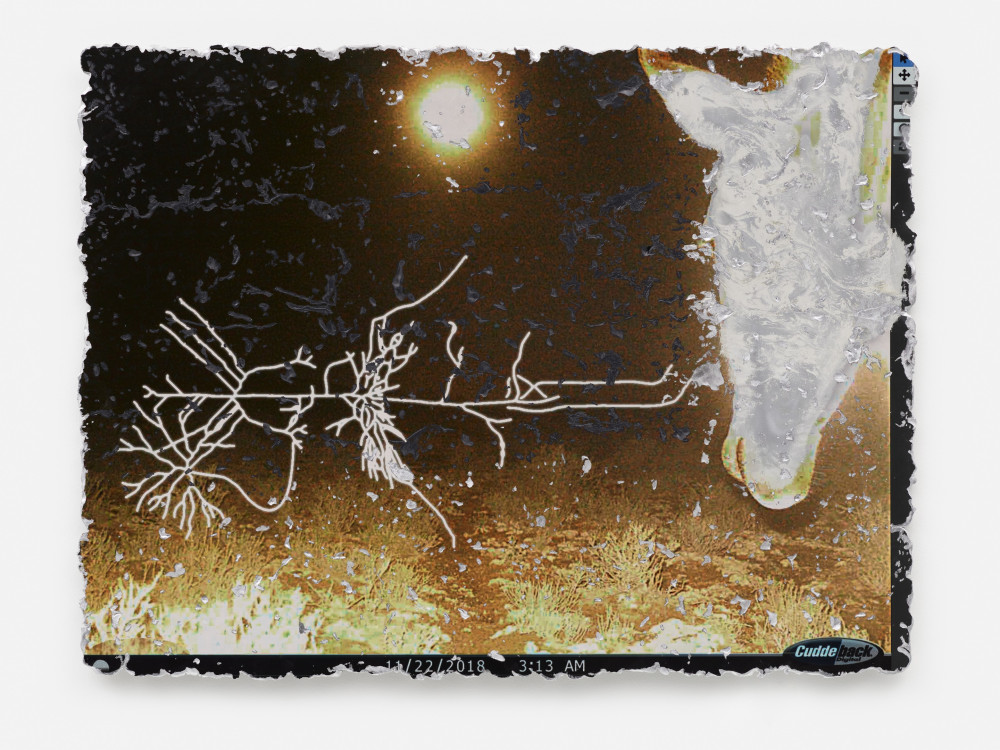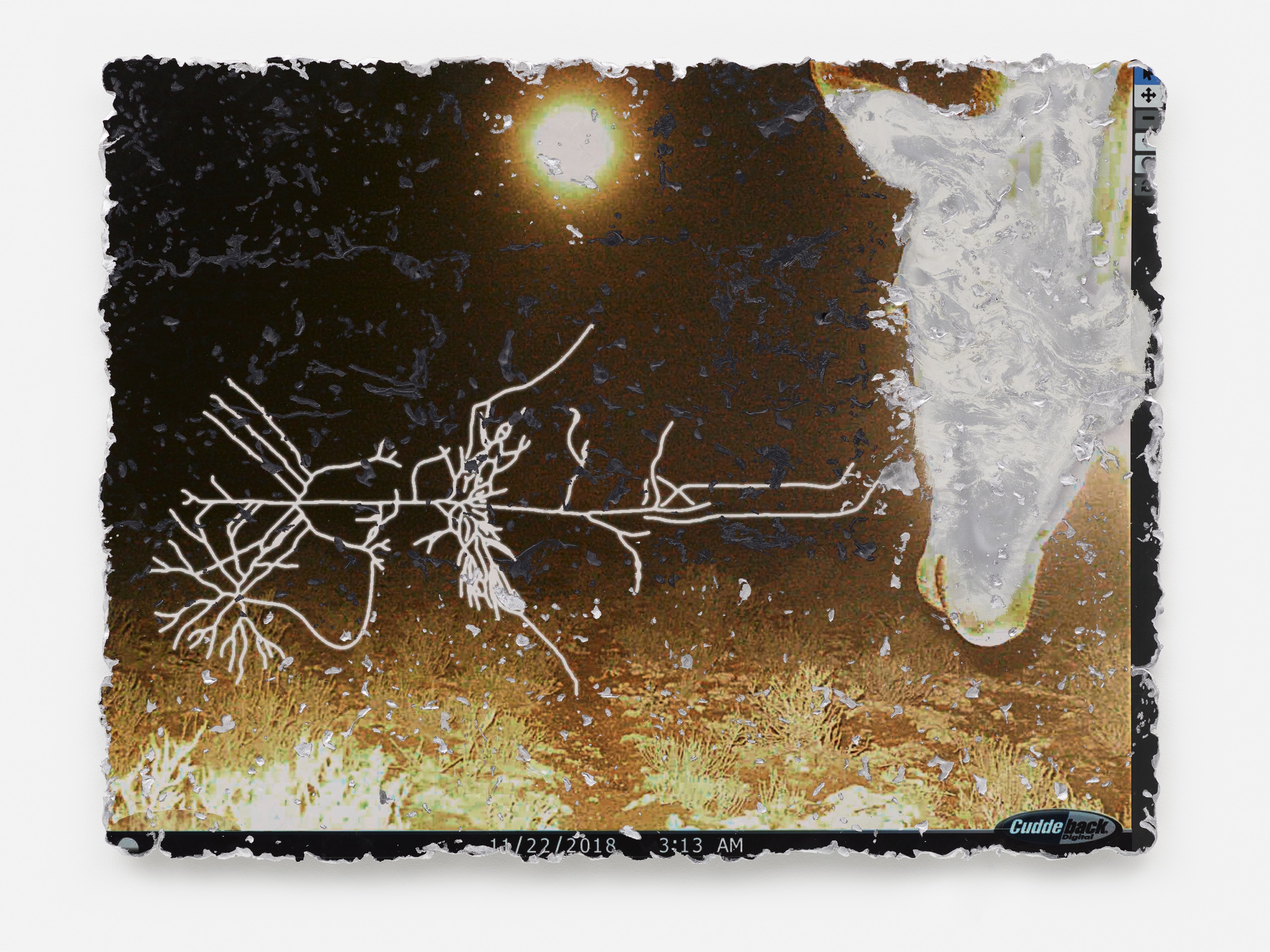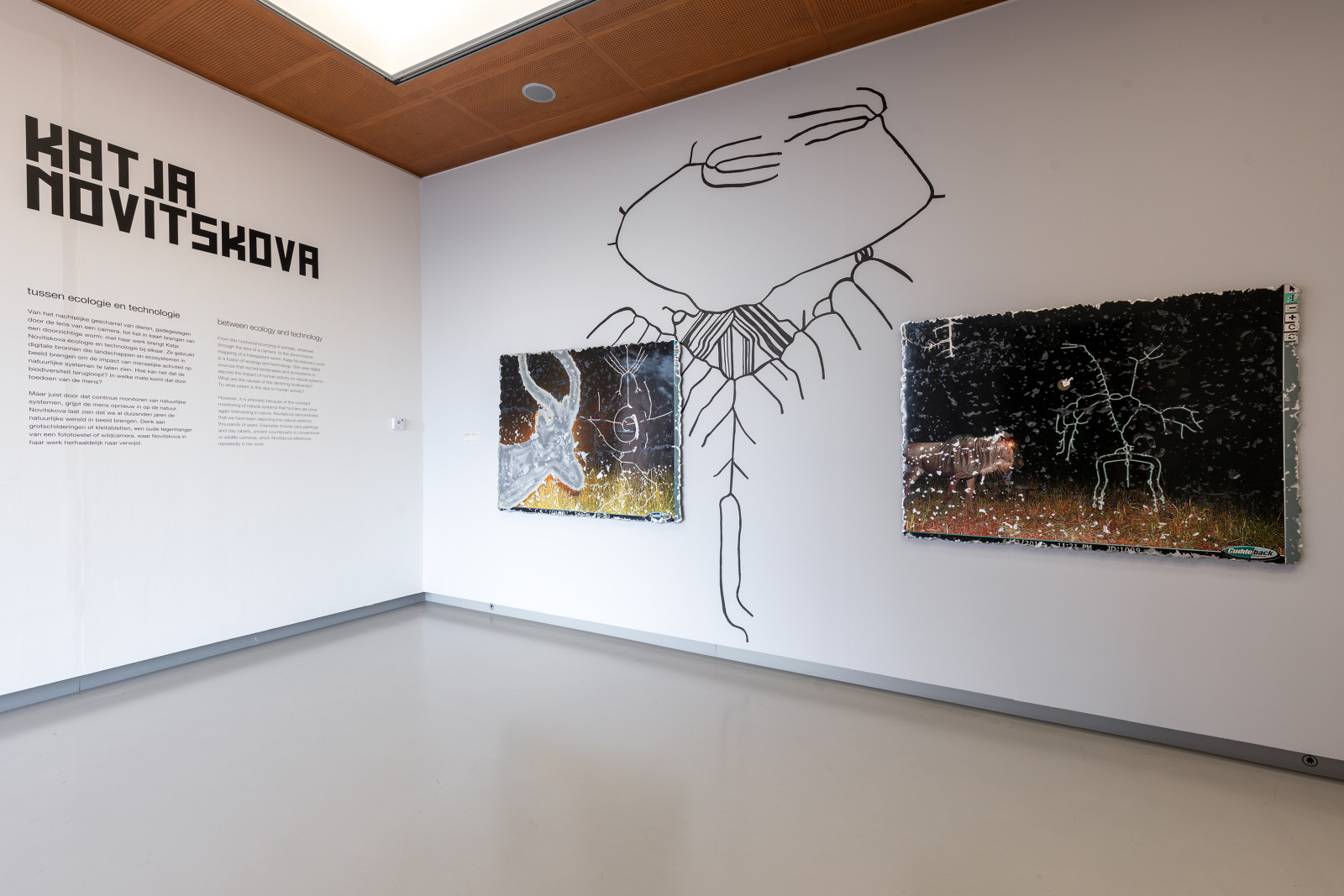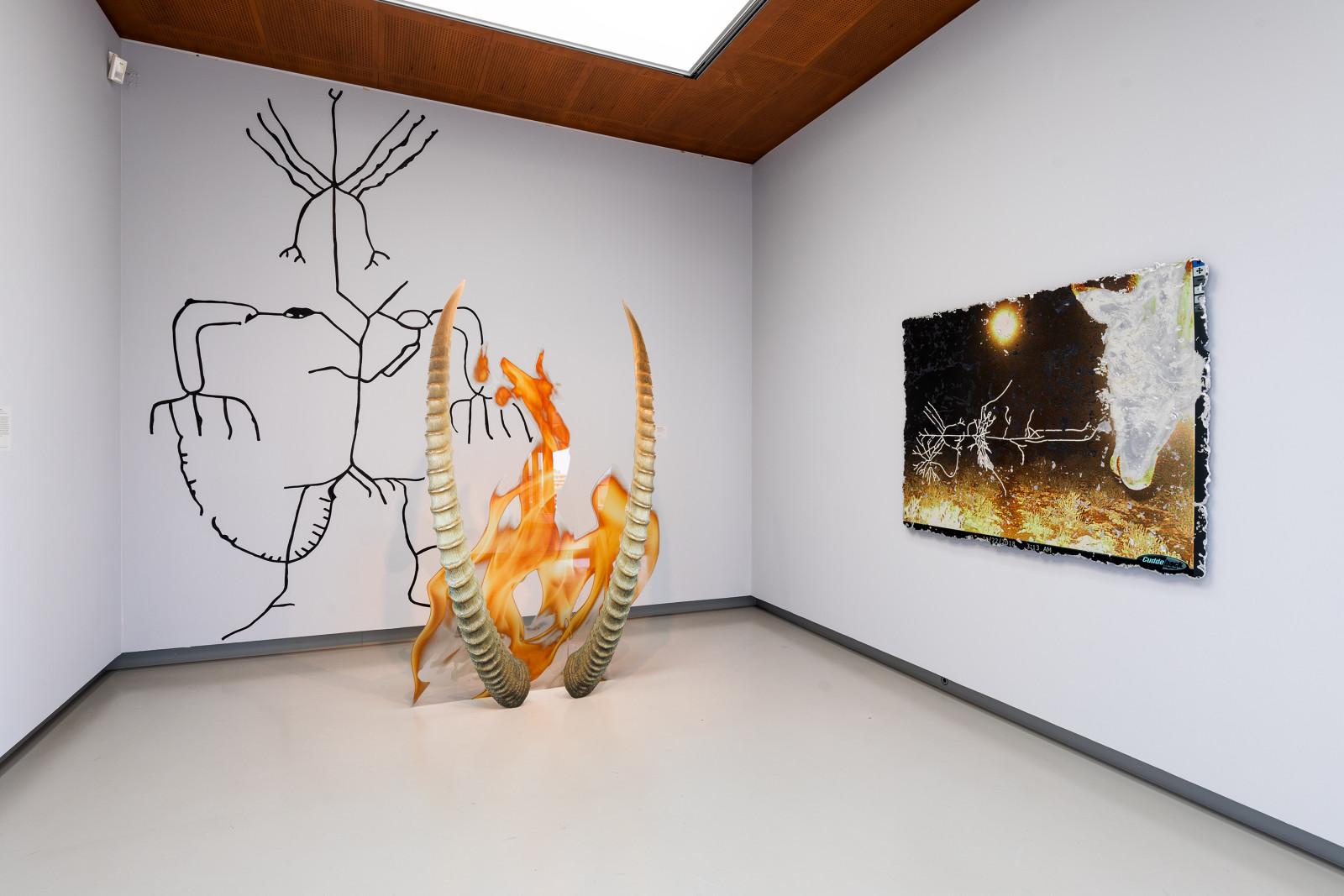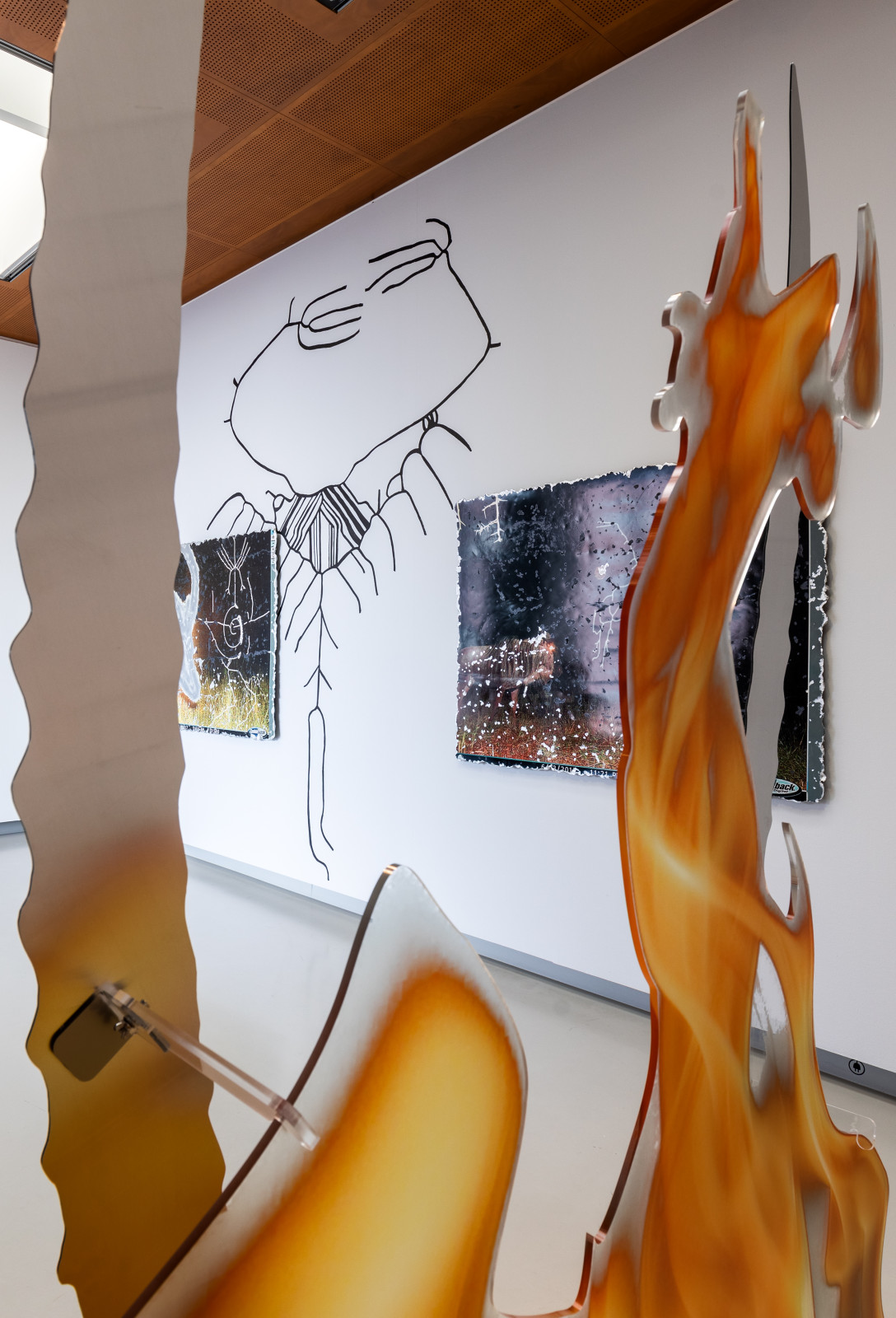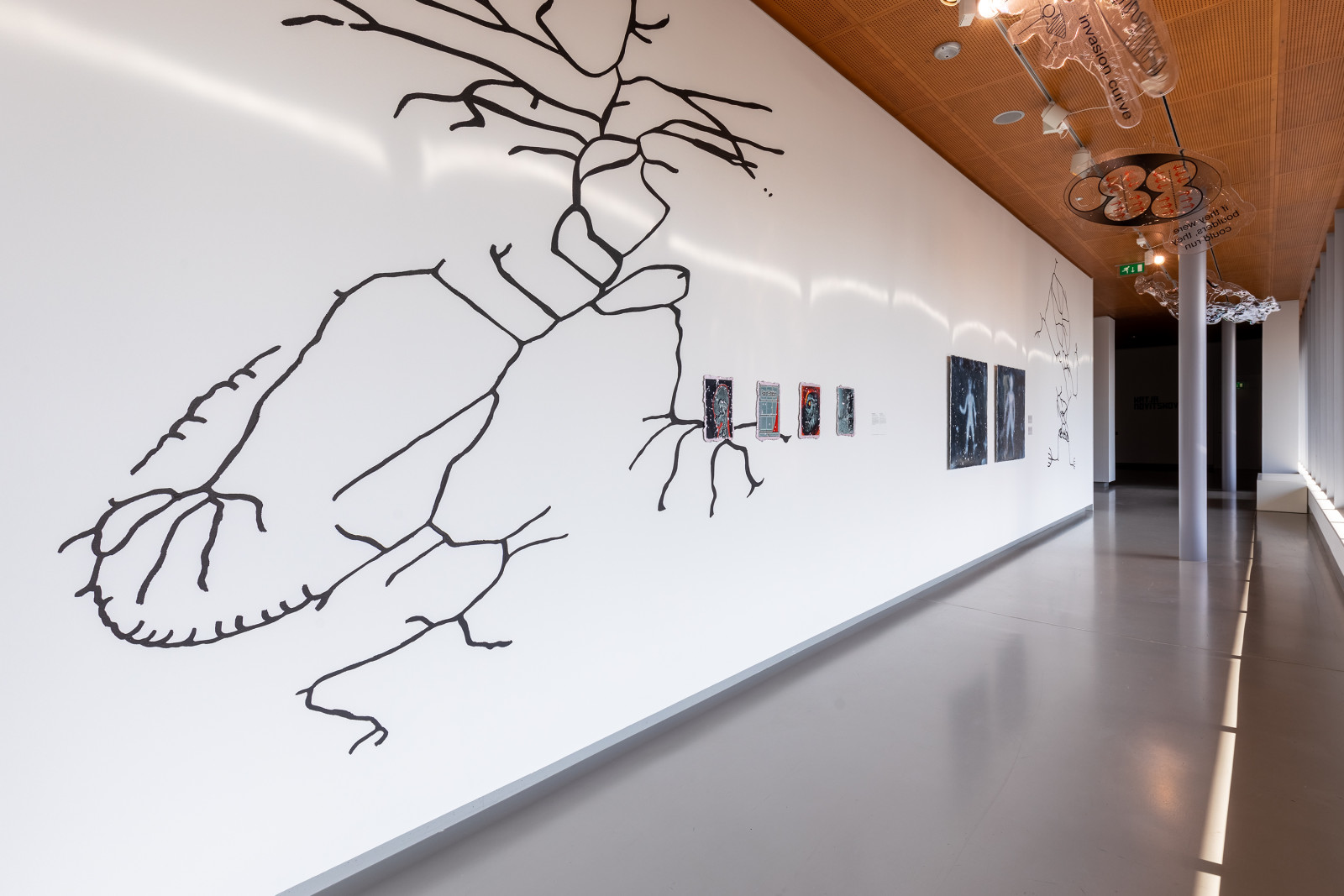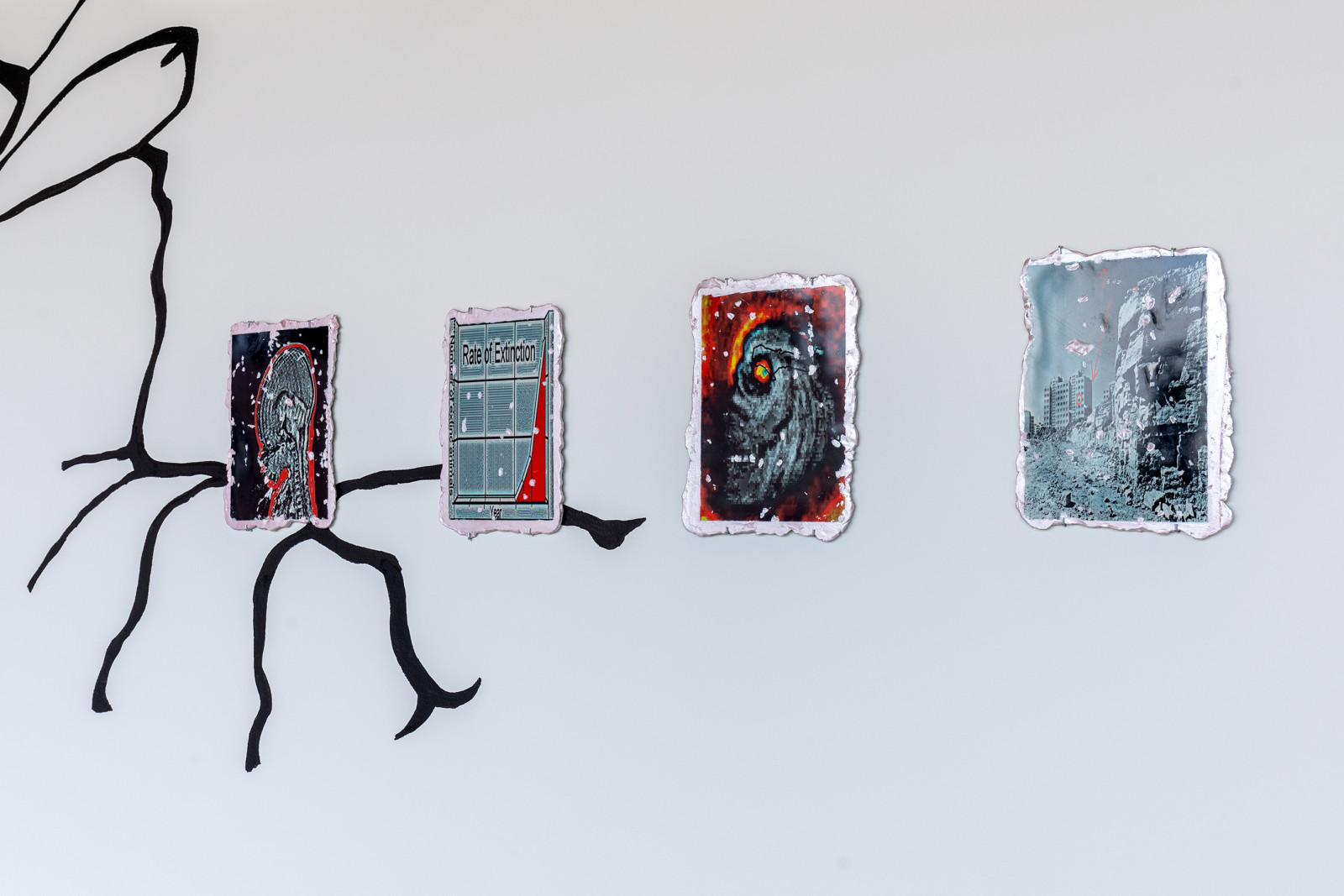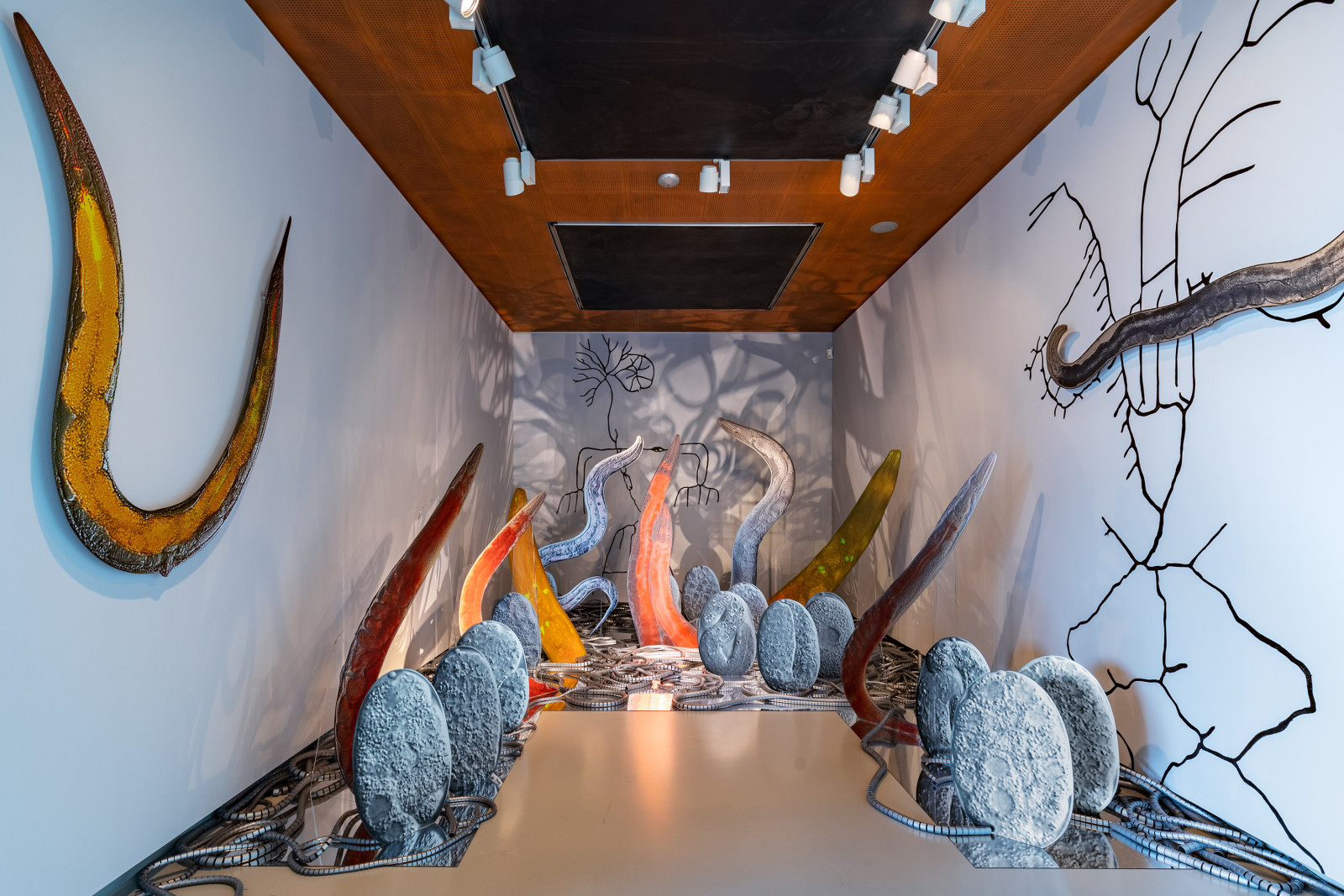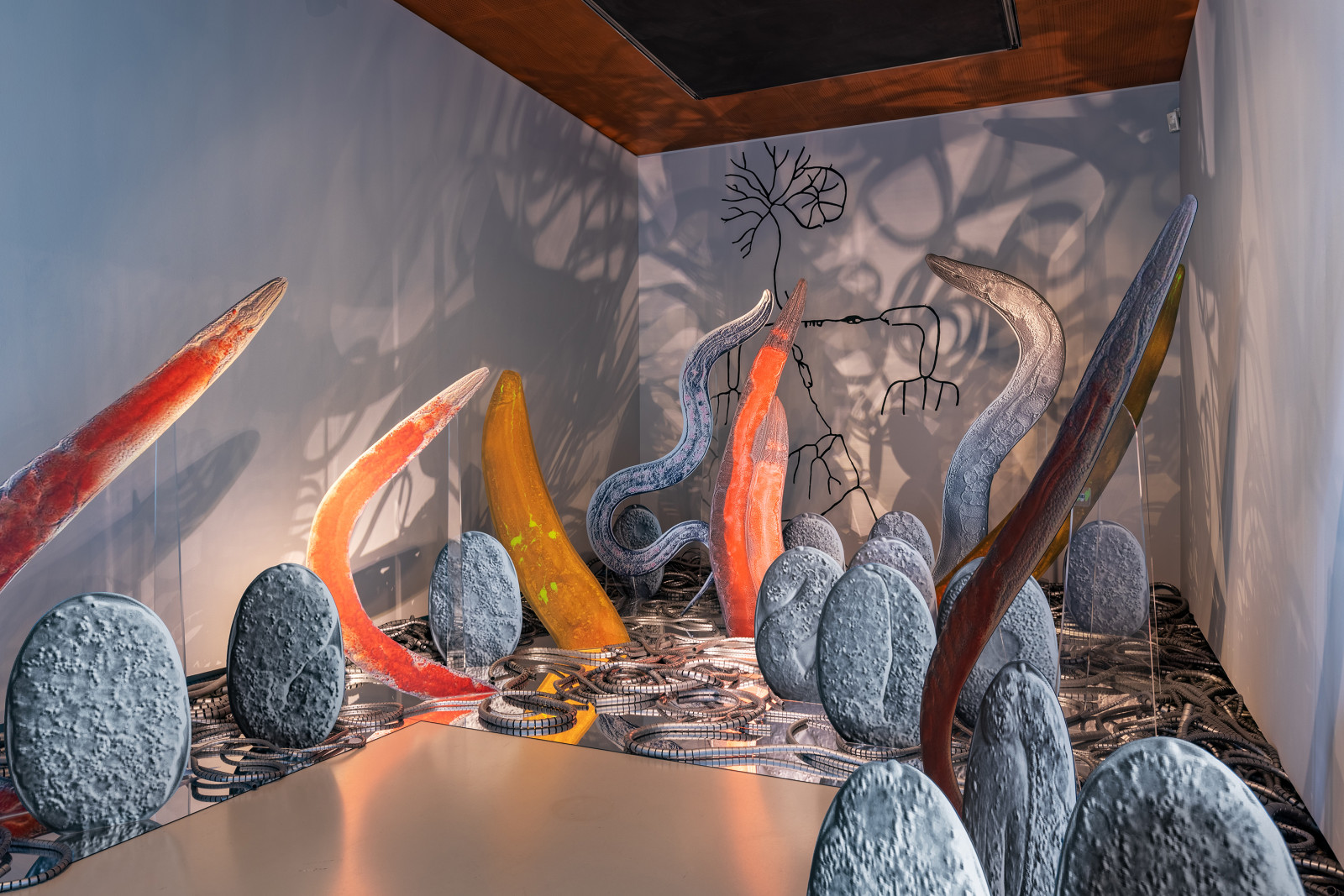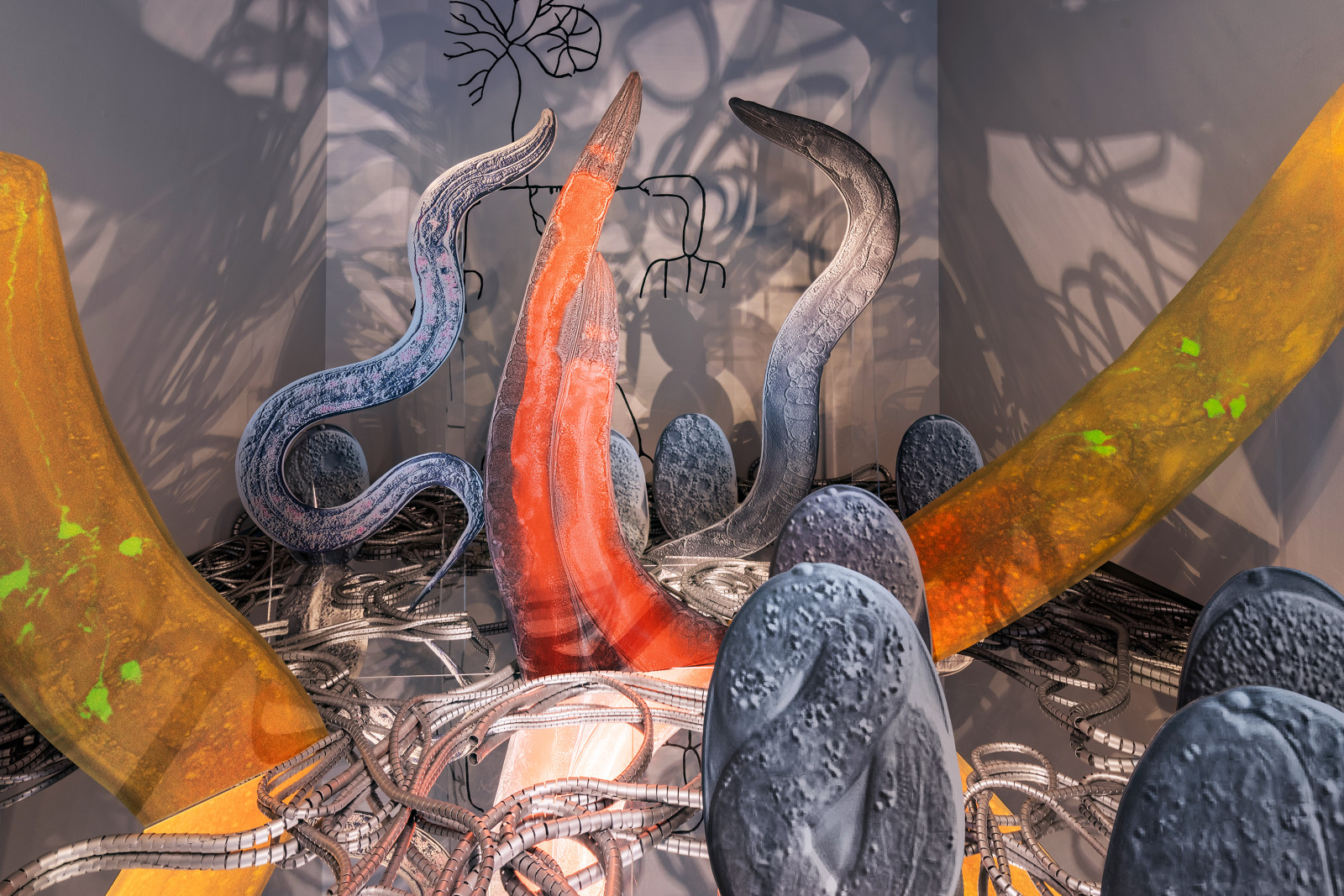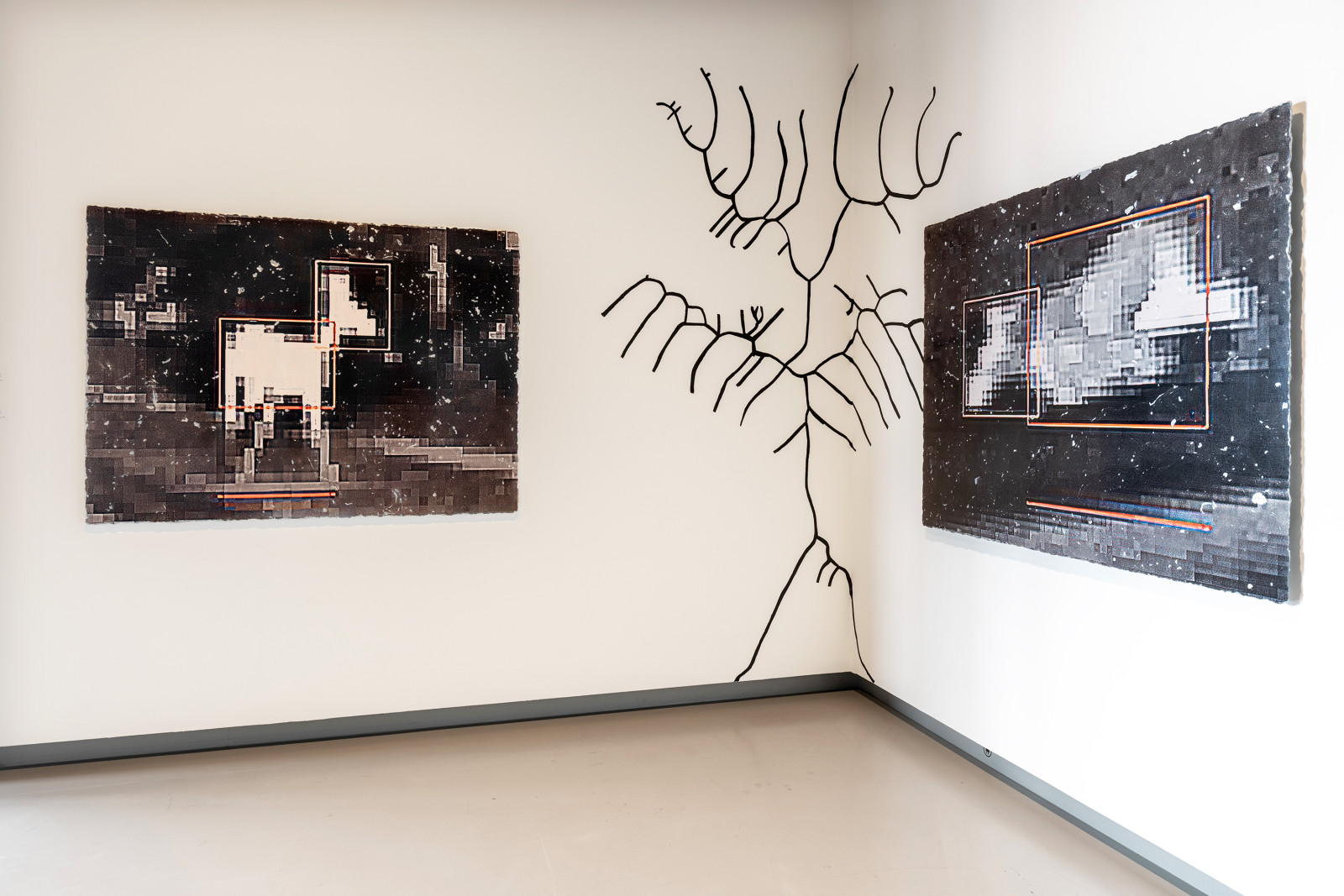'Model Earth', Fries Museum, Netherlands
-
selected works
View: ,installation views
View: ,Katja Novtiskova's solo exhibition "Model Earth" at Fries Museum, Netherlands.
The work of Katja Novitskova (Tallinn, 1984) revolves around the relationship between ecology and technology, around the meaning of images in relation to biology and human evolution. She sees the human penchant for (making) images as an expression of the relentless expansionism of the human species. The fascination with appropriating whatever landscape, natural environment, or entity by visualising it and thereby mapping it underlies Novitskova's work.
Exhibition dates: March 11 - April 15, 2023
Today, more than ever, there exists an unprecedented abundance of raw data, encapsulated and disseminated through media artefacts. It is precisely these digital chronicles that are the source of Katja Novitskova’s inspiration. Everything we think we know from scientific research is potentially of interest to Novitskova. The source of this knowledge, such as scientific papers and online databases, forms her artistic material.
Novitskova's Earthware series is included in the exhibition. Earthware is based on databases of large numbers of images captured by wildlife cameras for research purposes. Placed in the middle of nature, deep in forests or sometimes even in oceans, these cameras produce massive amounts of photo sequences. Before an algorithm can process the bulk of the photos, it has to learn pattern recognition from humans, who index the initial images.
Novitskova dove into these databases and helped with indexing. She also discovered beautiful examples among the automated images, although that isn’t the primary function of wildlife cameras. She transferred these images to epoxy clay, making a reference to clay tablets and other prehistoric image carriers.
